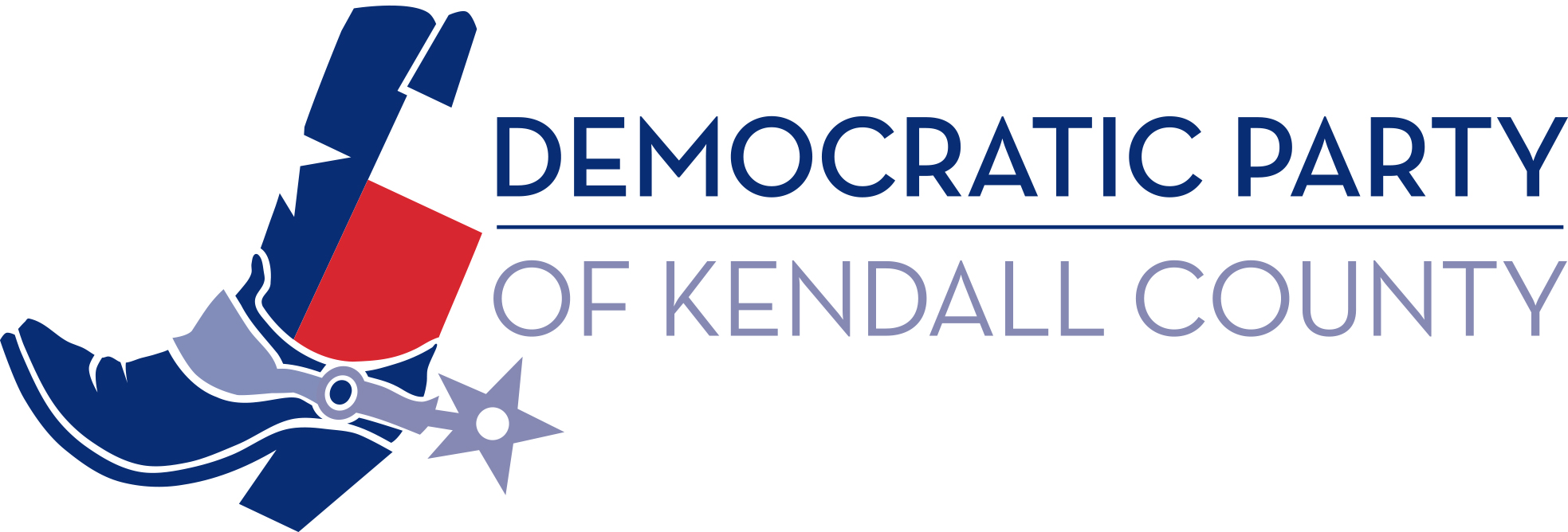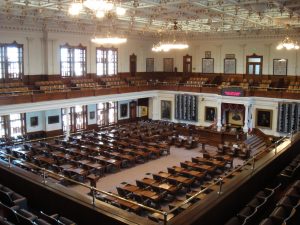by JC Dufresne
for the “Progressive Views” column, Boerne Star, November 16, 2018

Although nothing much changed in the makeup of Kendall County government, Texas Republicans shouldn’t get too cocky given that Beto O’Rourke lost by just 220,000 votes, the narrowest margin of any state-wide candidate in well over a decade. Overall turnout in this election was nearly twice what it was just four years ago and only 8% less than the 2016 presidential election turnout. O’Rourke got 200,000 votes more than Hillary Clinton did just two years ago while Ted Cruz got 400,000 fewer than Donald Trump.
Beto wasn’t alone as Congressional candidate Joseph Kopser, Lt. Governor candidate Mike Collier, Attorney General candidate Justin Nelson and Agriculture Commissioner Kim Olson all performed nearly as well. While not every state-wide Democratic candidate performed to those standards it wasn’t just Beto O’Rourke pulling the train. Good candidates running strong campaigns got within striking difference in the mid-terms for the first time in 20 years.
Those aren’t the only signs that Texas is changing, two incumbent Republican congressmen, Pete Sessions and John Culberson, lost their seats, and four others are only won by 5% or less. One of those is District 23 running from northwestern San Antonio nearly to El Paso, currently held by Will Hurd, at under 700 votes difference is so close that it may require a recount to confirm the winner.
In the state legislature 2 incumbent Republican state senators, John Huffines and Konni Burton, lost to Democrats along with a dozen Republican held state house members. Other signs that Texas is changing include a switch to a Democratic majority on the State Board of Education and four Courts of Appeal districts also flipped to Democratic majorities due to wins against 18 incumbent Republican judges.
Results like Tuesday’s suggest that the 2020 election will be even more hotly contested than was 2016 if for no other reason that it indicates that Texas could be in play in a presidential election instead of being a considered a guaranteed Republican stronghold. That means a lot more spending of time, money and other resources by both presidential candidates and probably more funds available to candidates from both parties in at least the additional for really close congressional races from this election. If you thought there were a lot of television and radio commercials, mailers, phone calls and text messages this election just wait until 2020.
It won’t just be federal races drawing more funding either as there are 11 more Republican House seats that were close enough to be considered in play in the next election. With the Democrats now holding 67 state House seats it will only take 9 more to for them to attain a majority and be able to choose the Speaker of the House who would set the House agenda. A Democratic House majority would also have a lot more to say about redistricting which will be a major issue to be addressed by the legislature when it then meets in 2021. The main goal of Democrats would be to prevent the outrageous gerrymandering that currently gives Republicans the huge advantages they have with the current maps. You know there’s something fishy when state-wide Democratic candidates received 45-48% of the vote and yet even with this year’s wins they only hold 13 of 36 congressional seats instead of the 16-18 a reasonably drawn map would likely provide.
All this means is that 2020 is likely to be an even more hotly contested election cycle in Texas than even 2018 and within months of today party volunteers will start working once again on registering new voters and identifying likely supporters all over again.



